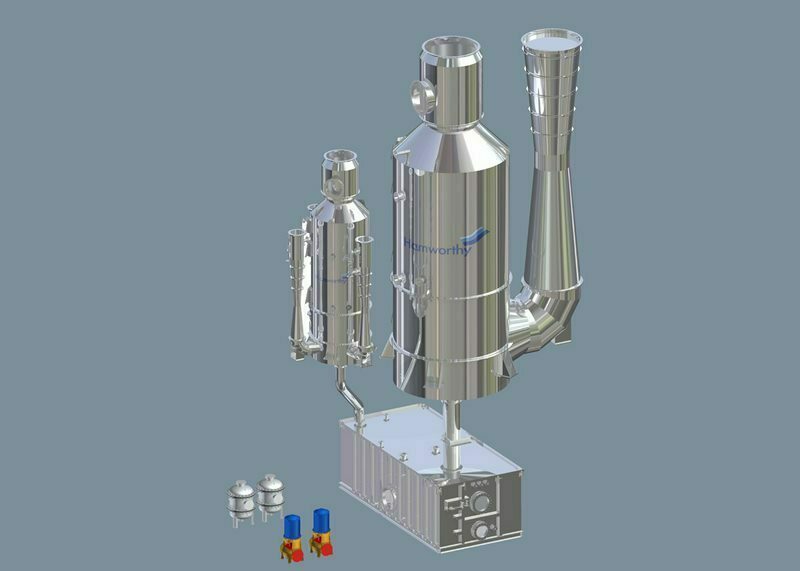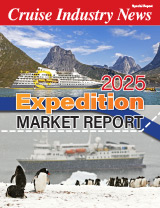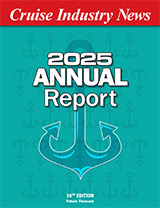 Wartsila has been contracted to retrofit its open loop scrubber systems on three additional vessels owned by Color Line, Norway’s largest cruise and ferry operator.
Wartsila has been contracted to retrofit its open loop scrubber systems on three additional vessels owned by Color Line, Norway’s largest cruise and ferry operator.
Wartsila has orders for 36 ship sets, totalling 75 scrubber units, either already installed or in the pipeline.
Each vessel will be fitted with four systems designed to rid the ships’ exhaust gases of sulfur oxide (SOx) and particulate emissions. The systems will enable the vessels to comply with current and anticipated environmental legislation, and to operate without restrictions in Emissions Control Areas (ECAs).
The contract was signed in September 2013 and it follows a similar order placed in June 2013 to retrofit Color Line’s SuperSpeed II ferry. The new contract covers the company’s SuperSpeed I, Color Magic and Color Fantasy ships. SuperSpeed I sails between Norway and Denmark, while the other two vessels link Oslo, Norway with Kiel, Germany.
“Color Line sees environmental issues as a priority and the use of exhaust gas cleaning systems on another three of our vessels is a significant step towards our goals in this respect,” said Jan Helge Pile, senior vice president of marine and technical for Color Line.
“Wartsila continues to demonstrate its leadership in the delivery of innovative technologies that enable shipowners and operators to meet the dual challenges of environmental compliance and rising operating costs. Our exhaust cleaning systems are one of the increasingly important elements of this strategy, offering an efficient and cost-effective alternative to low- sulfur fuel,” commented Sigurd Jenssen, director, exhaust gas cleaning, environmental solutions, Wartsila Ship Power.
The open-loop system uses seawater to remove SOx from the exhaust. Exhaust gas enters the system and is sprayed with seawater in three different stages. The sulfur oxides in the exhaust react with the water to form sulfuric acid. Chemicals are not required since the natural alkalinity of seawater neutralizes the acid.
Wash water from the system is treated and monitored at the inlet and outlet to ensure that it conforms to all applicable discharge criteria, according to Wartsila. It can then be discharged into the sea with no risk of harm to the environment, the company stated.



